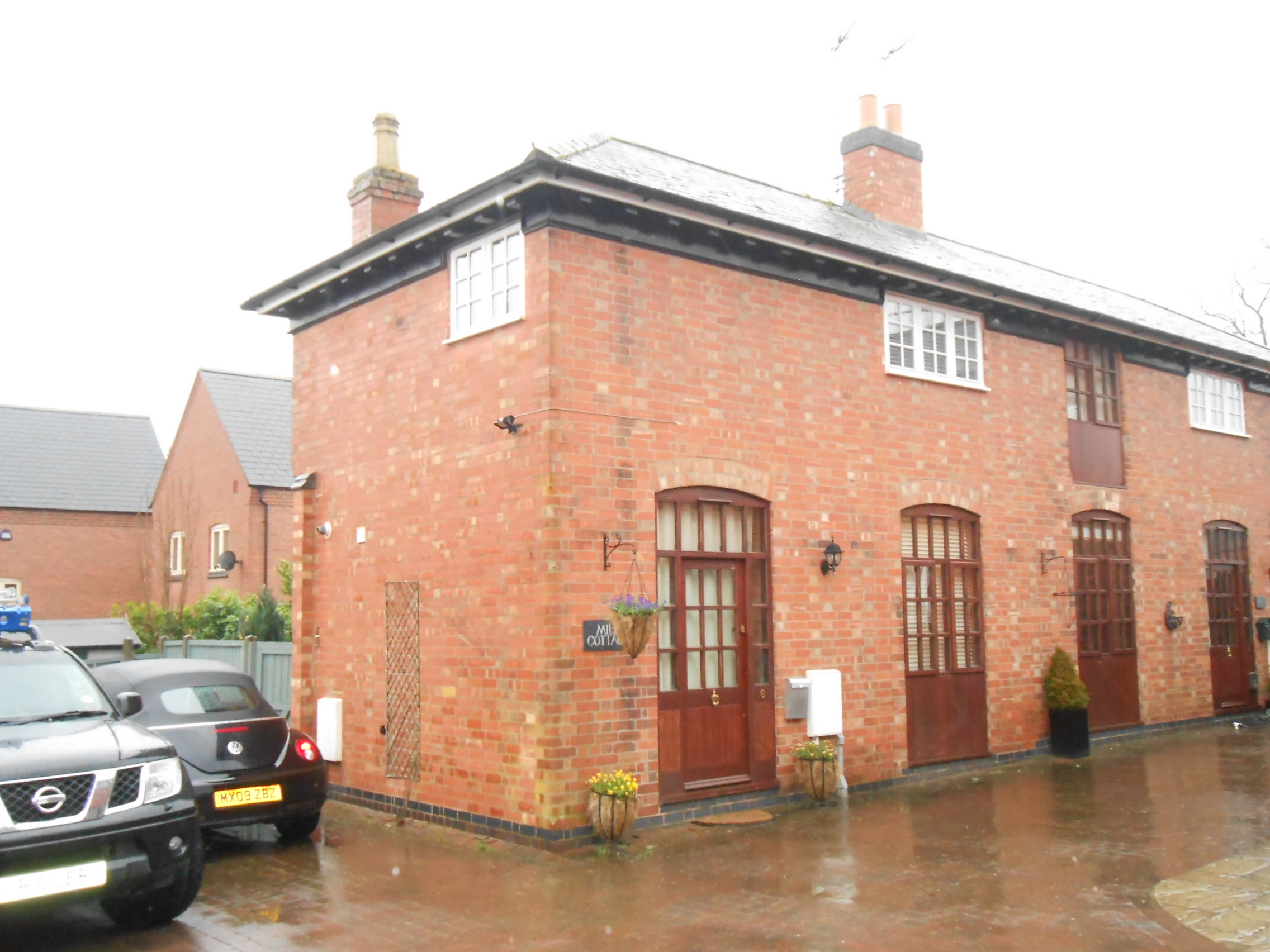


To understand how your house was built, it’s necessary to find out how old it is. You can then get a clear understanding of the building methods and materials involved. You can gain further information to source older materials or learn about what modern materials could work just as well.
A survey from Shire Surveyors can help you understand the building materials for your house and help to date your house. This is particularly important if you’re buying a new home.
The title deeds and conveyances of your house and their associated plans are a good starting point. There may also be evidence through restrictive covenants of neighbouring properties. Restrictive covenants are legal obligations placed on the deed.
For example, you may have a covenant that states you must keep your boundary in good repair. These papers may not tell you exactly when a building was built but a series of them may help, especially when linked with planning consents. Look carefully at the purchase price. A rise in price could point towards value added renovations.
Additionally, building approvals and licences help to trace the history of development of a site or locality.
The Law of Property Act 1925 set up a process for the registration of title in land and the Land Registry may hold relevant material.
Maps, such as old editions of Ordnance Survey maps and local history sources provide clues about when the land was first developed. Local history, local or national conservation or preservation organisations including English Heritage and the National Trust can point you in the right direction.
During your investigation look at the design, the form of construction and the materials used. These will give clues to the history and the development of a property. However, take heed as these can be misleading. New styles of construction and materials did not come into use nor fall into disuse uniformly across the country, for a mixture of reasons. Many buildings were disguised rather than physically altered and styles outlasted the monarchs after who they were named often by many decades.